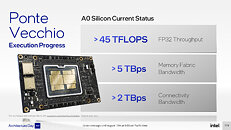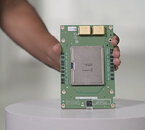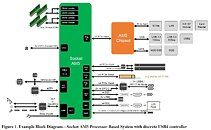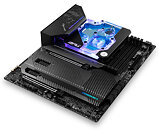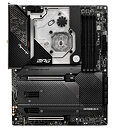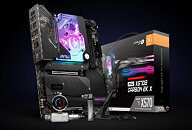
First AMD Radeon Vega M Drivers for Intel NUC8i7HNK and NUC8i7HVK in Over 16 Months Released
Intel and AMD released the first Radeon Software drivers for the exotic Radeon Vega M graphics found in Intel NUC8i7HNK and NUC8i7HVK, in over 16 months. The Intel Download Center just added version 21.10.03.11 of Radeon Software for the graphics solution, dated 09/09/2021. The previous drivers dated all the way back to February 2020, and were based on Adrenalin 20.2.
The drivers are based on a release candidate of Adrenalin 21.10, which is 21.10RC1, but does not include the security updates AMD could be bundling with the upcoming 21.10 drivers (October 2021). "Radeon RX Vega M Graphics Driver version 21.10.03.11, which is based on 21.10RC1, does not include the latest functional and security updates. An update is targeted to be released in March of 2022 and will include additional functional and security updates. Customers should update to the latest version as it becomes available," says Intel in the release notes of the drivers. The drivers do include optimization for the latest games, including "Metro Exodus" (DX12), and "Resident Evil Village," besides adding support for Microsoft PlayReady AV1 decode.
DOWNLOAD: AMD Radeon Vega M drivers for Intel NUC8i7HNK and NUC8i7HVK from Intel
The drivers are based on a release candidate of Adrenalin 21.10, which is 21.10RC1, but does not include the security updates AMD could be bundling with the upcoming 21.10 drivers (October 2021). "Radeon RX Vega M Graphics Driver version 21.10.03.11, which is based on 21.10RC1, does not include the latest functional and security updates. An update is targeted to be released in March of 2022 and will include additional functional and security updates. Customers should update to the latest version as it becomes available," says Intel in the release notes of the drivers. The drivers do include optimization for the latest games, including "Metro Exodus" (DX12), and "Resident Evil Village," besides adding support for Microsoft PlayReady AV1 decode.
DOWNLOAD: AMD Radeon Vega M drivers for Intel NUC8i7HNK and NUC8i7HVK from Intel




































